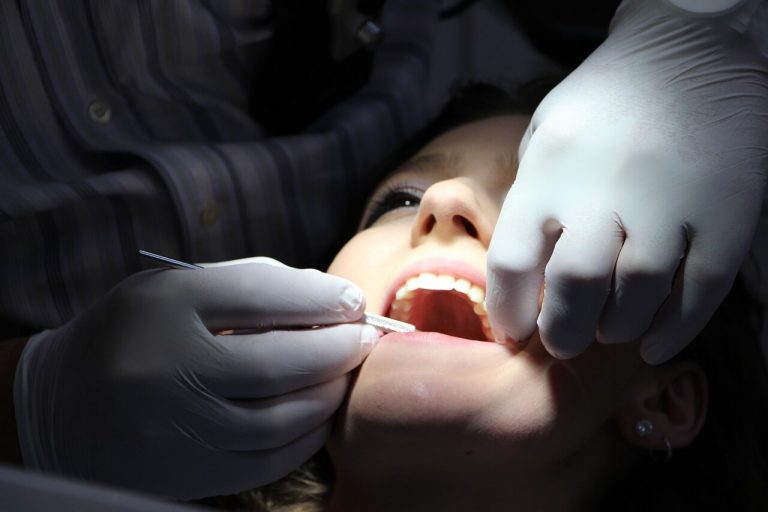

THE DIFFERENT TYPES OF DENTAL CROWNS

Dental crowns are usually placed atop weakened tooth remnants that have been treated for root canal procedures or have been damaged by other injuries like fractures or a bad case of dental caries. Their use is not primarily for cosmetic purposes, but aesthetics do need considering while choosing a dental crown.
Getting a crown placed isn’t all that painful as the dentist would have given you an initial shot of anesthetic first. The tooth would have ideally been measured for a crown before being ground down to a stub at an earlier visit and a subsequent visit would see the placement of the new crown. The new crown is glued into place with a special resin that can keep the crown fixed there for up to a lifetime in many cases. After the anesthetic wears off, only minimal pain or tenderness may be felt in the gums at the base of the affected tooth which subsides soon.
Before discussion any further on the types of dental crowns available, you will need to know that they are on the expensive side and aren’t covered by insurance. Having gotten over with that bit of information, let’s now take a closer look at the various types of dental crowns available.
Crowns can be chosen based on aesthetic looks or for greater strength or for the right combination of the two factors, which is what’s ideal. For the frontal teeth, you might want to go for ceramic-based crowns as they can be matched with the other teeth color and not stand out.
For the back teeth which do not show, the best crown would be a gold crown as they are the strongest and most durable type of dental caps. They are also biocompatible and won’t break or chip off. The only disadvantage to them is their color – and of course, the cost!
The new generation all-porcelain dental caps are an excellent choice when it comes to the front upper teeth, where cosmetic appearances are an important factor. They make an amazingly life-like end result but aren’t so good for other teeth used in pressure grinding as they become prone to fractures easily.
This is when the ‘porcelain-fused-to-metal’ (PFM’s) becomes a better choice. They form a middle ground between the all-metal and all-ceramic crowns. As the name suggests, this type of crown involves overlaying a layer of porcelain onto an underlying thimble of metal, usually made of steel. With this type of crown, you can avail the benefits of both the all-metal and all-porcelain type of crowns, that is, aesthetics as well as strength. The only disadvantage seen here is if the gum line recedes, then the metal base of the crown gets exposed and spoils the appearance of the tooth. Also, if the bite of the PFM crown isn’t adjusted properly, it may lead to damage or even chipping of the opposing tooth.
Therefore, decide on your dental crown with care!














